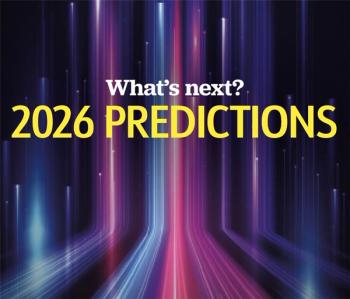
American Diabetes Association revises diabetes guidelines
The American Diabetes Association has revised clinical practice recommendations for diabetes diagnosis to promote hemoglobin A1c as a faster, easier diagnostic test.
The American Diabetes Association (ADA) has revised clinical practice recommendations for diabetes diagnosis to promote hemoglobin A1c as a faster, easier diagnostic test that could help reduce the number of undiagnosed patients and better identify patients with prediabetes. The new recommendations are published in the January supplement of Diabetes Care.
“There are several revisions and updates included in the American Diabetes Association’s 2010 Clinical Practice Recommendations that will potentially impact how health plans care for the many individuals with type 1 and type 2 diabetes and those at risk for diabetes,” says Richard M. Bergenstal, MD, president, Medicine and Science, American Diabetes Association and Executive Director, International Diabetes Center. “A significant change is that the ADA now recommends the A1C test can be used to diagnose diabetes or identify those at high risk for developing diabetes. Patients can prevent complications and suffering, and health plans can minimize long costs if diabetes is detected and treated effectively early or if diabetes can be prevented.
The A1c test, which measures average blood glucose levels for a period of up to 3 months, was previously used only to evaluate diabetic control with time. An A1c level of approximately 5% indicates the absence of diabetes, and according to the revised evidence-based guidelines, an A1c score of 5.7% to 6.4% indicates prediabetes, and an A1c level of 6.5% or higher indicates the presence of diabetes.
Extensive revisions to the section "Diabetes Self-Management Education" are based on new evidence. The goals of diabetes self-management education are to improve adherence to the standard of care, to educate patients regarding appropriate glycemic targets, and to increase the percentage of patients achieving target A1c levels.
“The 2010 Standards or Medical Care present new data to emphasize how important it is to teach diabetes self-management so health plans need to be sure they have a recognized education program in place that facilitates patient centered team care,” Bergenstal says. “There is also new evidence reviewed that will give health plans information on effective strategies to improve diabetes care and develop treatment targets in the outpatient and inpatient setting. Educating patients and providers that good diabetes care means control of blood glucose (while avoiding hypoglycemia and excessive weight gain), as well as controlling blood pressure and cholesterol is critical to preventing complications. Effective and appropriate use of new technologies like insulin pump and continuous glucose monitoring are also reviewed in light of new studies released in the last year and health plans should review this data to be able to effectively communicate with patients and providers.”
Newsletter
Get the latest industry news, event updates, and more from Managed healthcare Executive.




















































